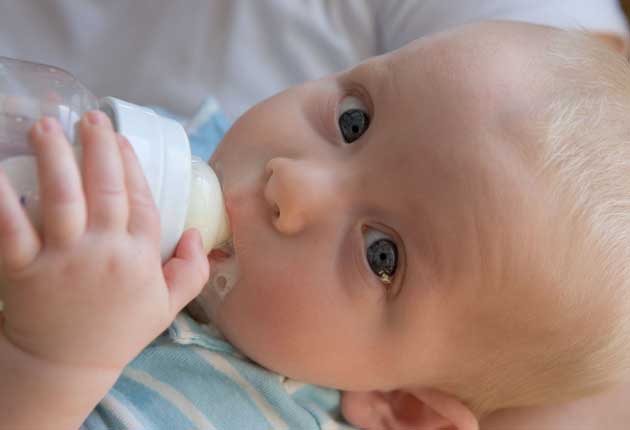Scientists declare war over BPA
Study finds chemical has no effect on rats – but critics say their research is flawed

A fierce dispute has broken out between scientists over the health risks posed by bisphenol A – a chemical found in plastic baby bottles and the lining of food tins – following a new study suggesting that high doses of BPA do not harm laboratory rats.
A three-year investigation into the role that BPA might play in disrupting the body's endocrine sex hormones found that rats were unaffected by BPA even when they were fed doses several thousand times higher than the maximum exposure experienced by humans.
The study, carried out by the US Environmental Protection Agency and paid for by the US government, is judged by experts as one of the best studies into the controversy surrounding BPA, but it was immediately denounced as "flawed" by some scientists who believe the chemical is dangerous in low doses.
The study, published in the latest issue of Toxicological Sciences, was led by Dr Earl Gray at the EPA laboratory in North Carolina, who has 30 years' experience of studying toxic chemicals. He played a leading role in investigating the endocrine-disrupting effects of BPA.
Dr Gray and colleagues failed to find any discernible adverse effects in the rats or their offspring after feeding them with doses of BPA up to 4,000 times greater than the maximum exposure of humans in the general population.
Dr Gray, however, has been attacked by Frederick vom Saal of the University of Missouri who was one of the first scientists to suggest a link between low doses of BPA and heath effects resulting from endocrine disruption.
In a letter to Toxicological Sciences, Dr vom Saal accuses Dr Gray of conducting a flawed study by using a strain of rats that were not sensitive to low doses of oestrogen, the female sex hormone that BPA is said to mimic.
"By failing to establish the sensitivity of the animal model to the class of chemical being tested, the authors violated US National Toxicology Programme recommendations for low-dose studies of endocrine-disrupting chemicals," Dr vom Saal wrote.
However Dr Gray has vigorously defended the study, saying that the scientific methodology it used has been recommended by regulatory agencies charged with testing potentially toxic substances. In contrast, Dr Gray said, the studies finding a link between BPA and ill-effects have been criticised by the same agencies as "inadequate", "not replicable" and "extremely limited".
"The 'insensitive rat' argument has been used for almost a decade in some quarters to try to dismiss every well-conducted rat study that obtained negative results with BPA. It is based on a failure to recognise the basic endocrinology underlying the cellular and molecular basis for tissue-specific responses to oestrogens in different strains of rats," Dr Gray said.
Professor Richard Sharpe, one of Britain's leading specialists in endocrine-disrupting chemicals in the environment, said that Dr Gray's study was one of the best he had seen into the highly controversial "link" between BPA and endocrine disruption.
"The results [of the study] are unequivocal and robust and are based on a valid and rational scientific foundation," said Professor Sharpe, of the Medical Research Council's Centre for Reproductive Biology in Edinburgh.
"They tell us that, in vivo in female rats, bisphenol A is an extremely weak oestrogen, so weak that even at levels of exposure 4,000-fold higher than the maximum exposure in humans in the general population there are no discernible adverse effects." The study with many other studies, "more or less close the door" on the possibility that bisphenol A has oestrogenic effects we need worry about, said Professor Sharpe, one of first scientists to discover falling sperm counts in Western men.
"Fundamental, repetitive work on bisphenol A has sucked in tens, probably hundreds of millions of dollars from government bodies and industry, which, at a time when research money is thin on the ground, looks increasingly like an investment with a nil return," he said. "All it has done is show there is a huge price to pay when initial studies are adhered to as being correct when the second phase of peer review, namely the ability of other laboratories to repeat the initial studies, says otherwise."
Subscribe to Independent Premium to bookmark this article
Want to bookmark your favourite articles and stories to read or reference later? Start your Independent Premium subscription today.

Join our commenting forum
Join thought-provoking conversations, follow other Independent readers and see their replies